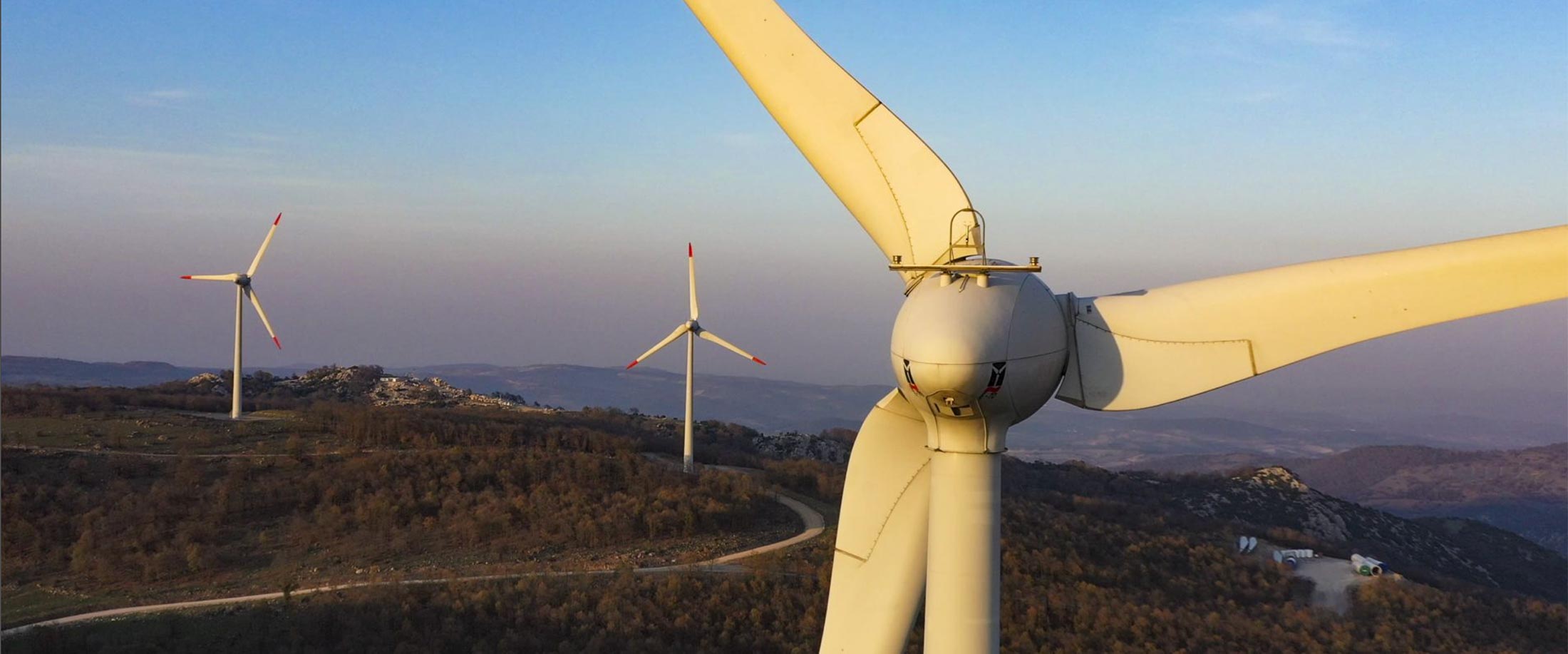
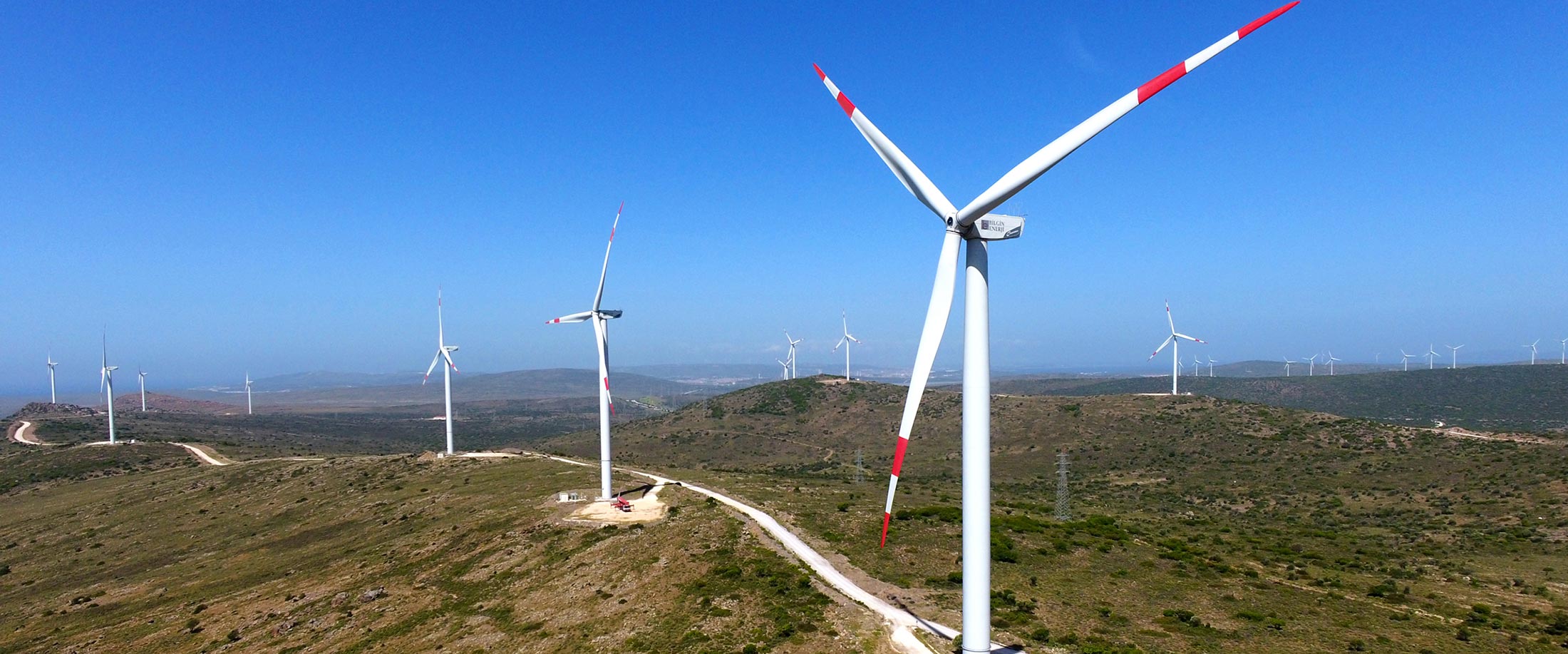
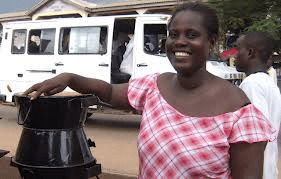
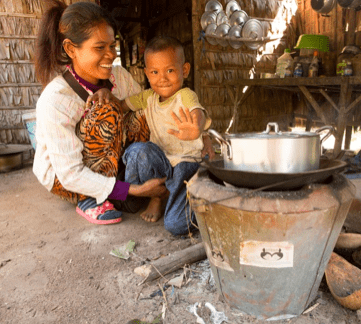
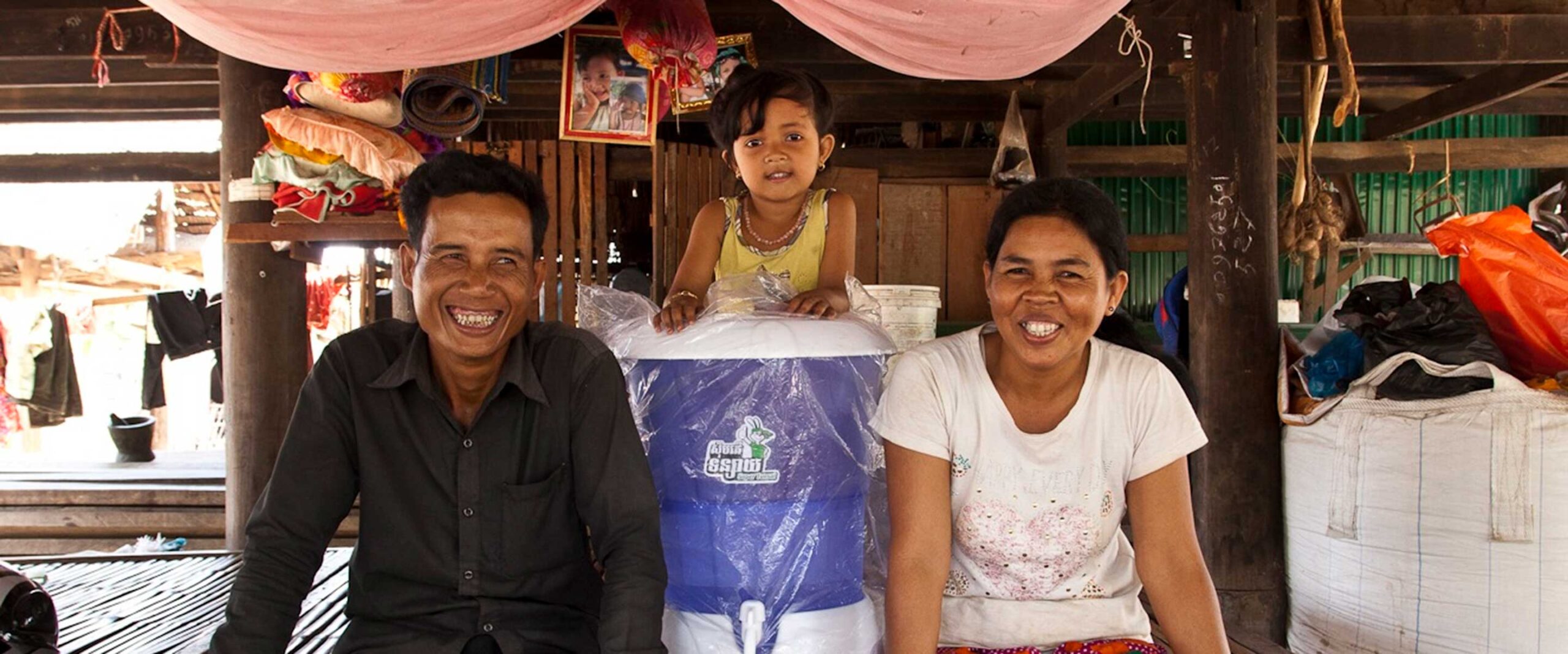
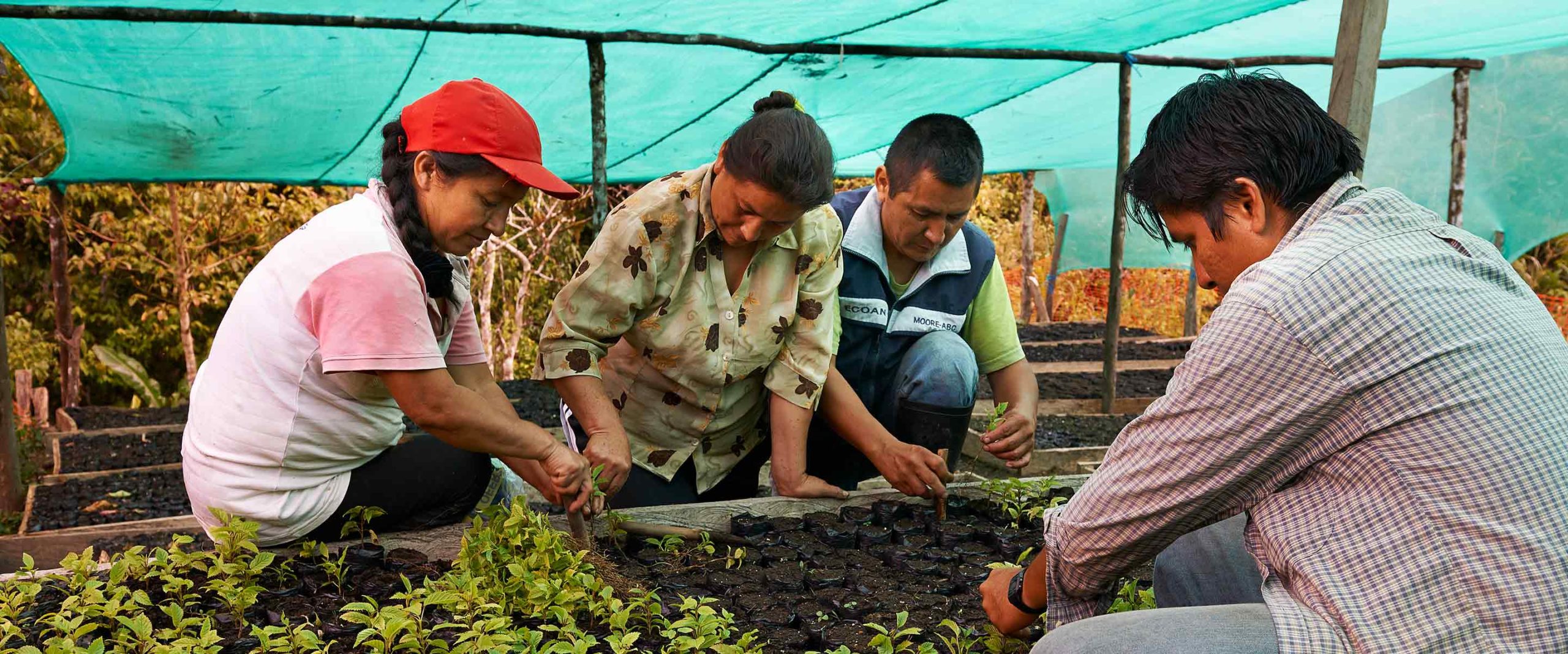
This project is protecting a critical forest ecosystem that supports over 1,000 species in northern Peru. By providing benefits to local communities, the project motivates farmers to conserve the forest and promotes sustainable production of the region’s main crop: coffee. Where & Why The Alto Mayo Protected Forest is a...